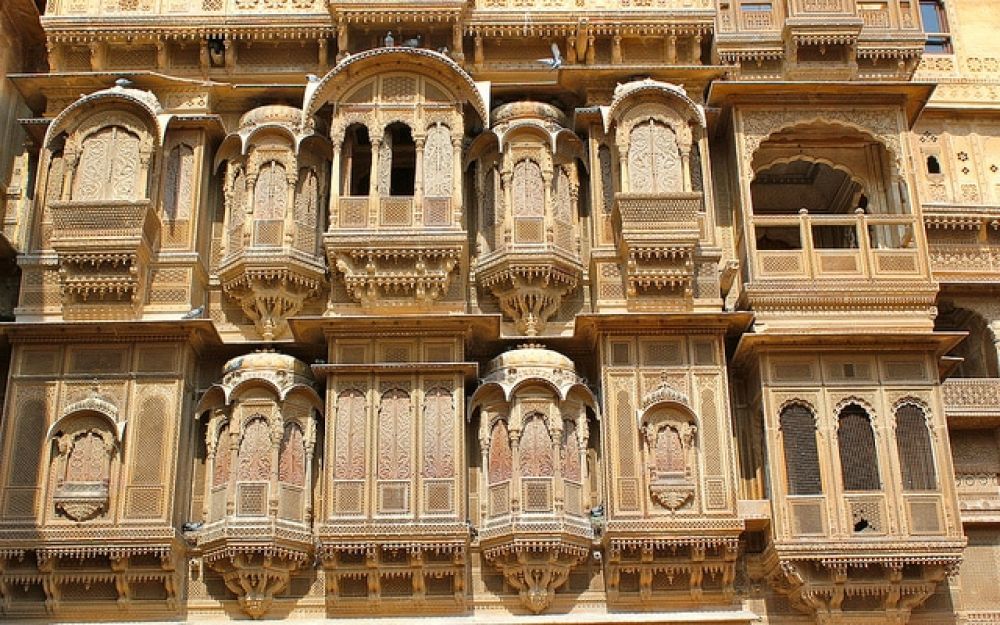

Located in the heart of the golden city of Jaisalmer, Patwon ki Haveli is an impressive example of the city's rich heritage and architecture. Constructed in the 1800s, this grand haveli was built by a wealthy trader named Guman Chand Patwa and took nearly 55 years to complete. It stands today as a stunning monument, showcasing the intricate craftsmanship and the golden-yellow sandstone carvings that Jaisalmer is renowned for.
Patwon ki Haveli is actually not one but a cluster of five havelis, making it the largest haveli in Jaisalmer. Its elaborate design and expansive latticed windows have captivated visitors and have been a subject of great interest among historians and art lovers.
In the latter part of the 20th century, tourism began to play an increasingly important role in Jaisalmer, with the city's historical sites attracting visitors from across India and around the world. The Patwon ki Haveli has been a cornerstone of this tourism boom, with its doors opening to the public as a museum that provides a window into the opulent lifestyle of the Patwa merchants.
The haveli is celebrated for its museum that displays the era's furniture, artifacts, and art. Visitors can explore the elaborate rooms and even catch a glimpse of the traditional living quarters of the merchant families that once resided there.
In recent years, sustainable and responsible tourism have become increasingly popular. Jaisalmer, and in particular, attractions like the Patwon ki Haveli, have embraced this trend by ensuring that preservation is key. Tourists are encouraged to respect the cultural significance of the site, and efforts are made to maintain the original structures and artwork.
Additionally, experiential travel has seen a rise in Jaisalmer, with tourists seeking authentic experiences. This has led to increased interest in traditional Rajasthani culture, cuisine, and crafts. Patwon ki Haveli contributes to this trend by not only serving as a monument but also as a cultural hub where visitors can immerse themselves in local traditions.
If you plan to visit Patwon ki Haveli, the best months are from November to March when the climate is more suitable for exploration. The haveli is open to visitors every day, with a nominal entry fee that contributes to the ongoing conservation efforts. While there, you are encouraged to hire a local guide to fully appreciate the historical context and the intricacies of the haveli’s design.